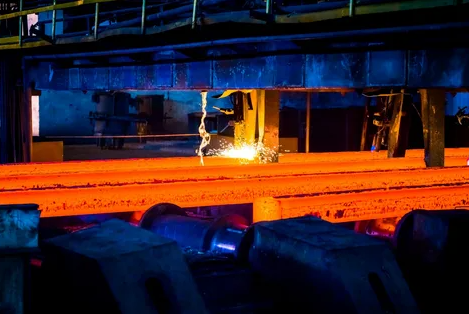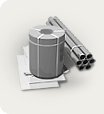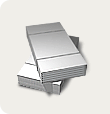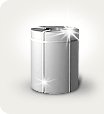Blast furnaces in Europe do not have a long-term future, according to expert Andreas Schneider of Stahlmarkt Consult, and very few, if any, are likely to remain in service by 2050, when the EU strives to achieve carbon neutrality.
EU steelmakers are considering various ways to achieve carbon neutrality. Closing or reducing production facilities, as advertised by ArcelorMittal Italia, entails high decommissioning costs and social unrest. EAF-based production, potentially using in-house DRI, raises the question of whether the quality of the steel produced is sufficient for high-tech applications such as the automotive industry.
The pig iron production process in Hisarna combined with carbon capture and storage (CCS) requires a CO2-related infrastructure. And capturing and processing carbon from steelmaking gas, as in the Carbon2Chem and Steelanol processes, is energy intensive.
Steel production based on hydrogen and DRI is considered to be leading in Germany because it is innovative and politically attractive and has the potential to completely reduce carbon emissions. However, its energy requirement is ten times that of traditional primary steelmaking. This will lead to an additional 130 TWh energy demand, which is about 50% of Germany's energy production in 2019. DRI production, initially based on natural gas, is possible from 2025, with a subsequent increase in the amount of hydrogen added to feedstock.
According to a study by the German think tank Agora Energiewende, the hydrogen route will lead to steel production costs of 532-630 euros per tonne by 2050, up from 391 euros per tonne in 2019. “Steel will be more expensive,” Schneider said this week. MBI Stahl Tag conference in Frankfurt.
“Green” steel production requires huge investments - estimated at up to € 1,000 per tonne - which few companies can afford. At the same time, the pace of technological development is unlikely to match demand, which may lead to a shortage of steel, which will lead to higher prices. The question is, "... will green steel be produced in sufficient quantities to meet market demand and will the market pay for it?" Schneider asked.
Among other things, a new wave of certification and bureaucracy is on the horizon, which will include requiring all steel to be labeled with CO2. In addition, border adjustment tax and carbon contracts for difference are advertised, but it remains unclear who will bear these costs.
“All this will make steel more expensive and more difficult,” Schneider said. This is m
EU to stop blast furnace steel production by 2050

|
|
Azovpromstal® 24 September 2020 г. 09:13 |





